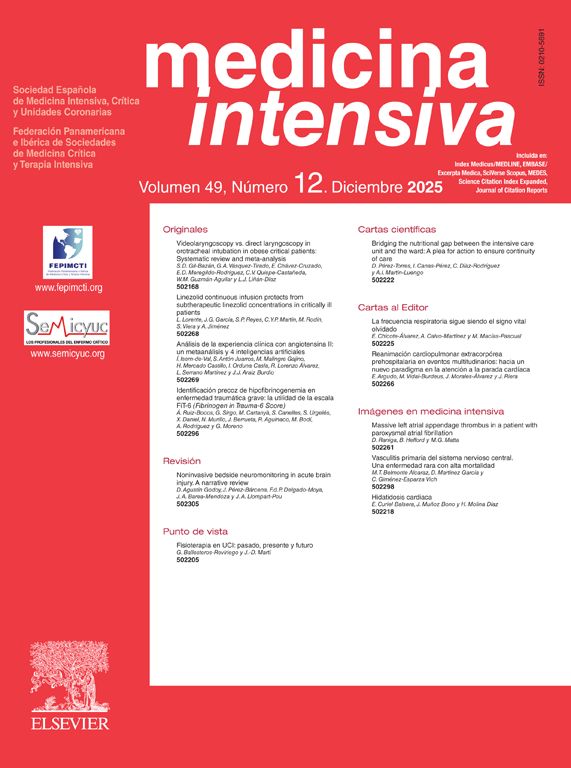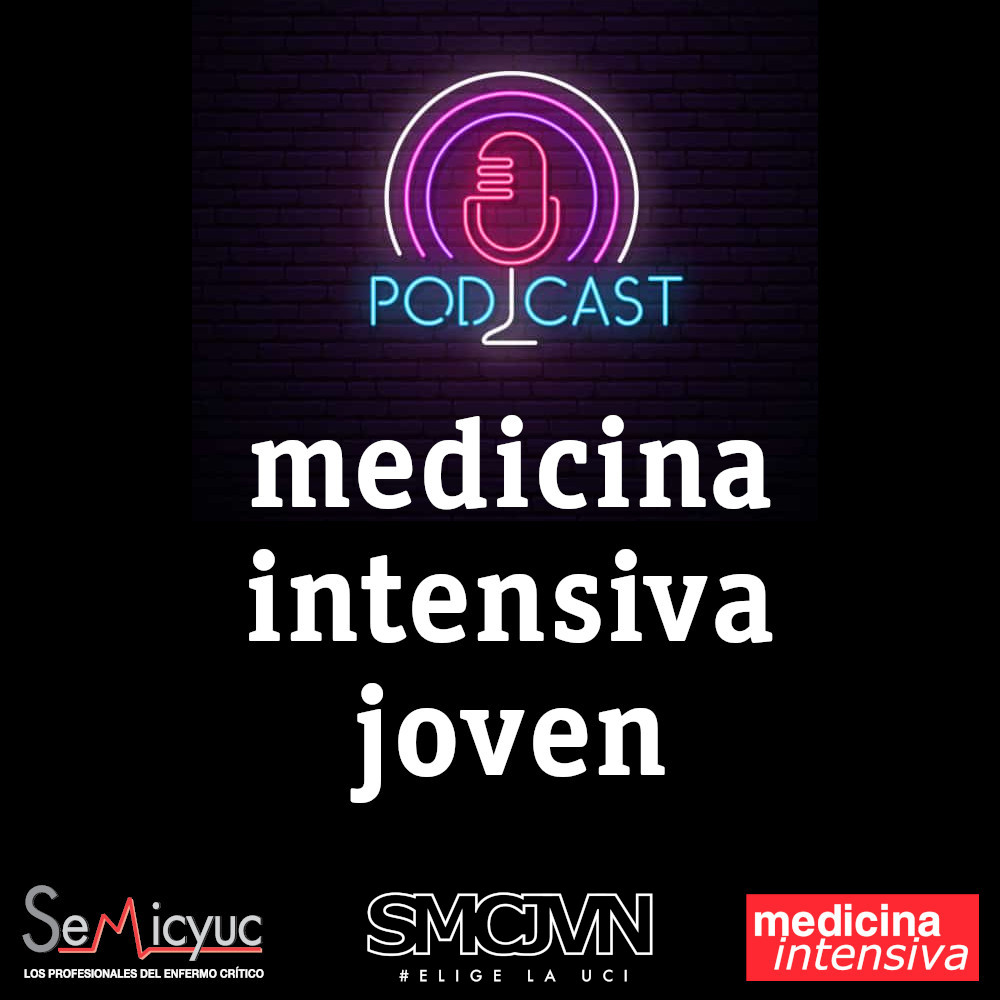A 60-year-old man from Ecuador is admitted to the ICU after a month of progressive deterioration following a traumatic brain injury treated with dexamethasone. Upon admission, he shows signs of peritonitis and ileitis on the abdominal CT scan. Emergency surgery with ileocecal resection is performed (Fig. 1A) with terminal ileostomy reconstruction 2 days later. However, the patient remains in refractory septic shock with moderate acute respiratory distress syndrome and grade 3 acute kidney injury. The patient develops concomitant purpuric lesions and petechiae on the trunk and extremities (Fig. 1B). Gram staining (Fig. 1C, D) and biopsy of the intestinal surgical specimen Fig. 1E, F) confirm the presence of Strongyloides stercoralis larvae (circles), leading to the diagnosis of S. stercoralis hyperinfection. Treatment with oral and rectal ivermectin and albendazole is initiated, with poor response in the context of postoperative ileus. The patient died 9 days after admission.
FundingNone declared.
Conflicts of interestNone declared.
We wish to thank the Pathology and Microbiology departments for providing the respective images.






